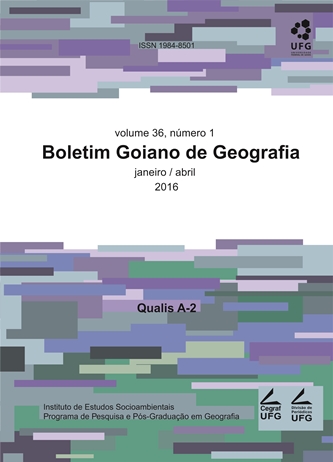PARIS AS A GEOSYMBOL AND A TRAUMASCAPE: DISCUSSION FOLLOWING THE TERRORIST ATTACKS OCCURRED IN NOVEMBER 2015 - DOI 10.5216/bgg.v36i1.40370
DOI:
https://doi.org/10.5216/bgg.v36i1.40370Abstract
The terrorist attacks occurred in Paris in November 2015 belong to an aggressive strategy that focuses on places presenting high levels of global relevance. In addition to the direct harm, such attacks take advantage of the rapid diffusion of images, leading to consequences that went beyond the affected places, creating a transnational environment of fear and insecurity. In this sense, Paris is a vulnerable target. This is true because Paris is a symbol that identifies values that terrorism wants now to wipe out, but also because the French capital is a famous city of international renown, as evidenced by the fact that its main icon- the Eiffel Tower, is simulated and relocated in different places around the world. Following an overall denunciation of terrorism, but also as a consequence of a wide world filiation to this city, those attacks generated an extensive wave of global solidarity.Key-words: city, terrorism, icon, geosymbol.
Downloads
Downloads
Published
How to Cite
Issue
Section
License
Authors will not receive any payment for publishing their work in Boletim Goiano de Geografia. Therefore, they must grant all rights to the journal. However, they are entirely and exclusively responsible for the published contents, and editors are free to make corrections or adjustments to texts in conformity with publication guidelines.







